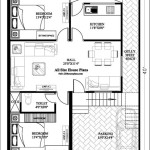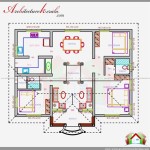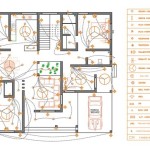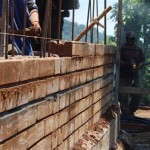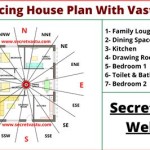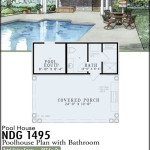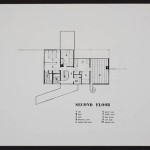Essential Aspects of Home Plans Safe Room
In the face of natural disasters, severe weather events, and other potential threats, a safe room can provide a crucial refuge for you and your family. Incorporating a safe room into your home plans is a wise investment in both safety and peace of mind. Here are the essential aspects to consider when planning for a safe room:
1. Location:
Choose a central location within your home that is easily accessible from all rooms. Avoid areas near windows, exterior walls, or potential hazards such as gas lines or electrical panels.
2. Size and Capacity:
Determine the size of the safe room based on the number of occupants and the duration of potential use. Allow approximately 10 square feet per person for comfortable accommodation.
3. Structural Integrity:
Construct the safe room using reinforced concrete, concrete blocks, or other materials that can withstand extreme forces. The walls should be at least 6 inches thick, and the ceiling and floor should be adequately reinforced.
4. Door:
Install a heavy-duty, steel-reinforced door that is both impact- and weather-resistant. The door should swing inward for easy escape and should be equipped with a secure deadbolt.
5. Ventilation:
Ensure proper ventilation to prevent oxygen depletion and overheating. Install a passive ventilation system with vents near the ceiling and floor, or consider an active system with a battery-powered fan.
6. Lighting:
Provide ample lighting inside the safe room. Use battery-powered or solar-powered lights to ensure illumination in the event of a power outage.
7. Communication:
Incorporate a communication system to allow occupants to contact the outside world. This could include a landline phone, a battery-powered radio, or a mobile signal booster.
8. Essential Supplies:
Stock the safe room with essential supplies such as food, water, first aid kits, medications, and other items necessary for survival during an emergency. Rotate the supplies regularly to ensure freshness.
9. Building Codes:
Check with local building codes and consult with an architect or structural engineer to ensure that your safe room meets all applicable standards and regulations.
10. Maintenance:
Regularly inspect and maintain the safe room to ensure its structural integrity and functionality. Lubricate the door hinges, test the ventilation system, and replenish the supplies as needed.
By carefully considering these essential aspects, you can plan a safe room that meets your specific needs and provides a safe haven during emergencies.

100 Safe Room Floor Plans Ideas House

Lovely 4 Bed Home Design With Safe Room 59527nd Architectural Designs House Plans

3 Bed 3870 Sq Ft Farmhouse Plan With Safe Room Wraparound Porch

100 Safe Room Floor Plans Ideas House

Complete With Safe Room 60569nd Architectural Designs House Plans

Ultimateplans Com House Plan Home Floor Number 101159

Acadian House Plan With Safe Room 83875jw Architectural Designs Plans

Fema Approved Safe Rooms Provide Additional Protection From Natural Disasters Liteform

European Styling And A Safe Room 70547mk Architectural Designs House Plans

House Plans With Safe Rooms Room Home Plan Drawing
Related Posts

